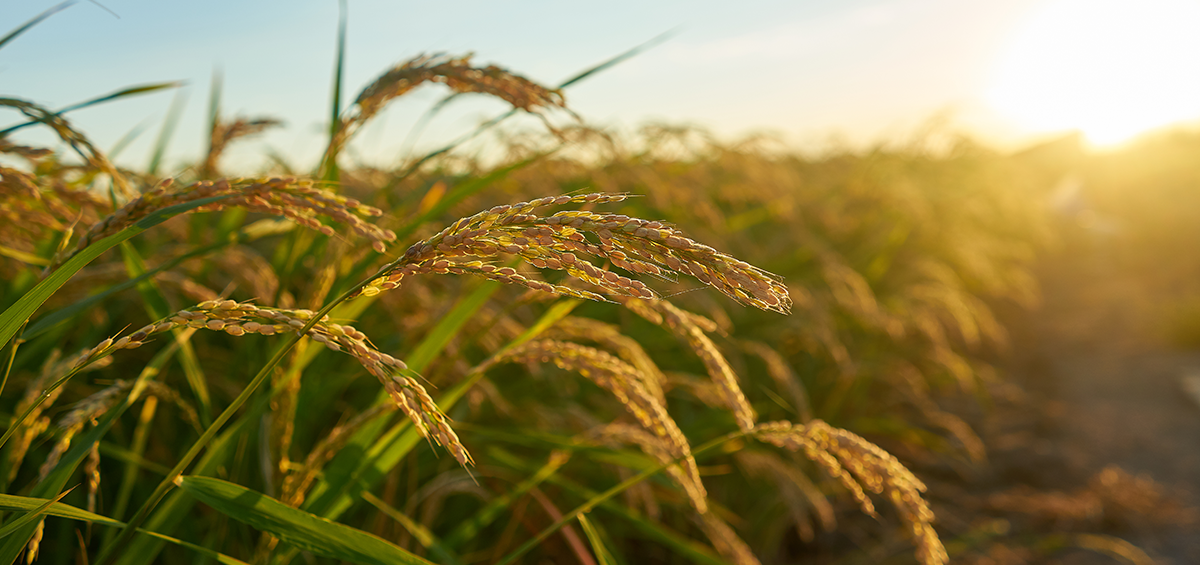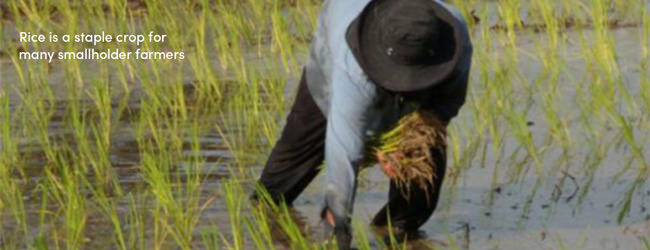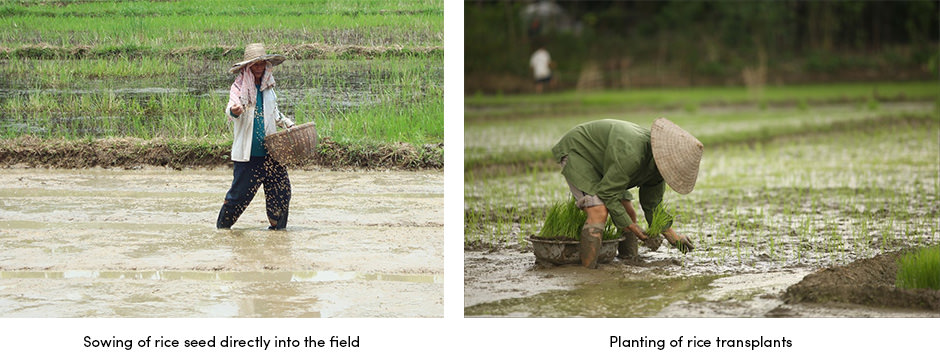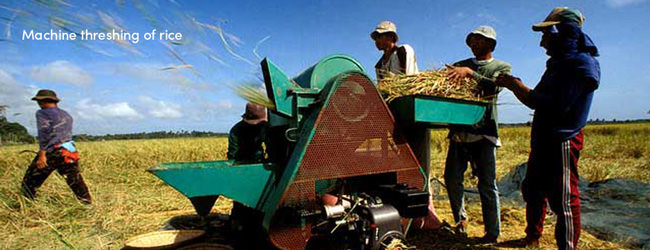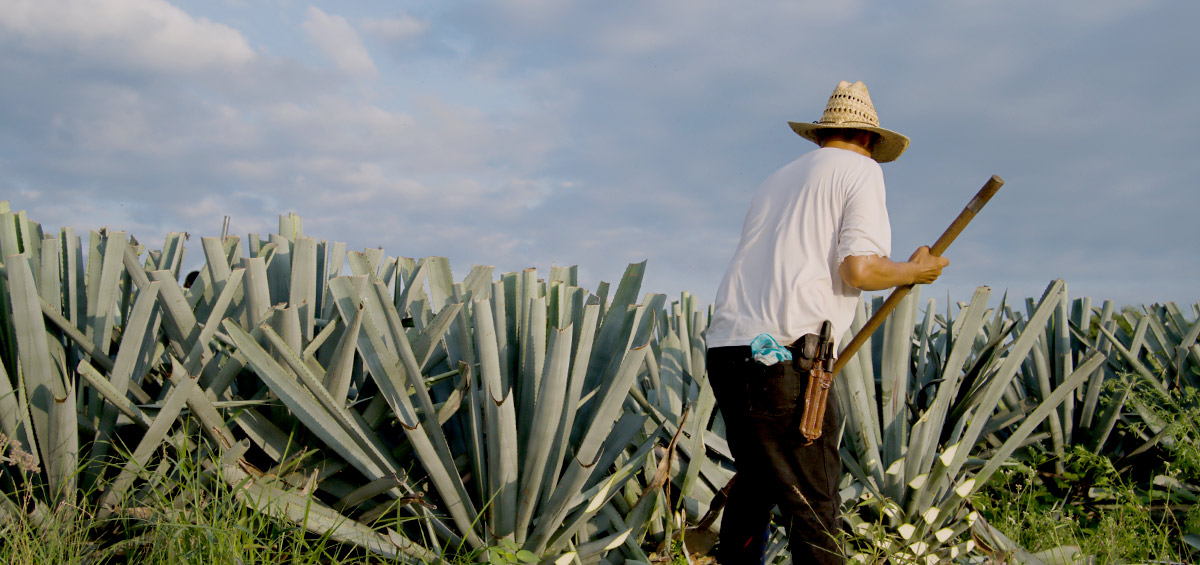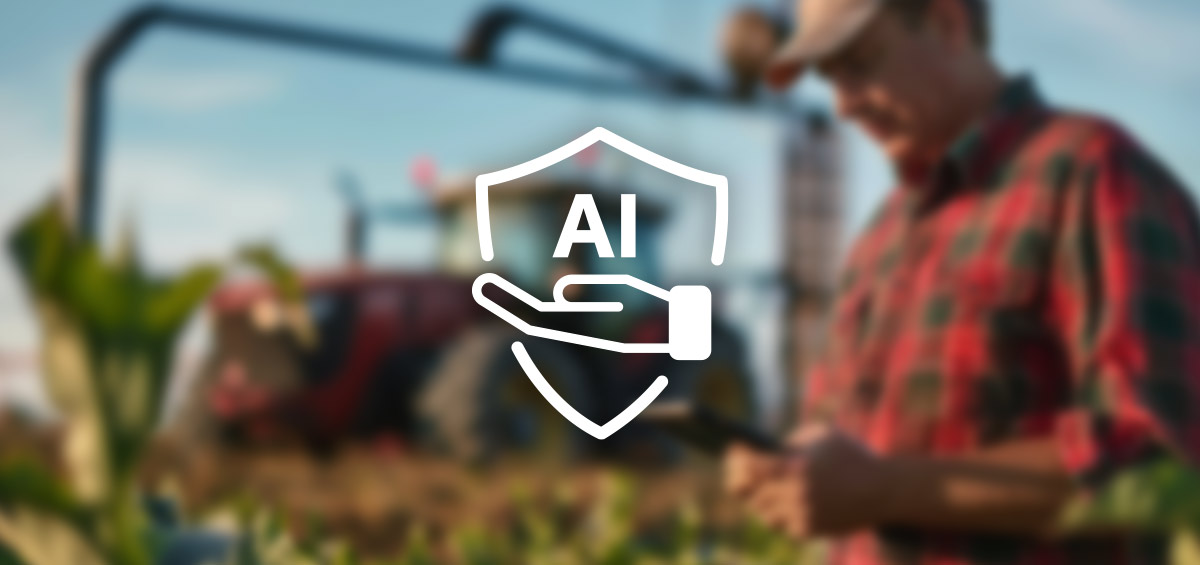Rice is the third-largest crop production, after sugarcane and maize. The main producers of rice are the nations of China, India, Indonesia, Bangladesh, and Vietnam. Rice is a staple crop. More than half the people in the world, about 3.5 billion people, rely on its production. Not only is rice a key source of food but it is also good source of income for many smallholder farmers.
The Challenges of Rice Production
After the decades of remarkable production, the rice yield has slowed down. The rice yield potential is 10 t/ha, however, farmers manage to produce only 7-8 t/ha. In the developing countries, where farmers have less access to the inputs and technology, the average yield is 4-5 t/ha. In order to respond the future food demands, rice production and yields will have to be increased. At the same time, rice farming needs to be managed in a sustainable way to reduce its environmental footprint. It’s important to mention that rice farming produces 10% of global methane emissions and requires 34-43% of the world’s irrigation water. In order to decrease water use, soil pollution, and methane emissions, as well as improve their yields, farmers need to embrace sustainable farm practices.
Sustainable Farm Practices for Rice Farming
Sustainable farm practices and the proper farm management represent the answer to all challenges of rice production. Especially favorable for small farmers who don’t have many resources and inputs, these farm practices can be divided into three different stages:
1. Pre-plant Practices Pre-plant practices mainly refer to the variety selection. Rice has over 40,000 varieties and hybrids. It’s important for a farmer to use healthy seed of locally adapted varieties to get a crop with a good potential yield. A good pre-plant management practice is also to plan and determine crop season, inputs and labor requirements. That way a farmer can manage his resources, plan a potential credit, and organize his workers.
2. Growth Practices Growth management starts with proper planting or sowing practices. Rice crops can be seeded directly into the field, or sown in seedbeds and then transplanted in the field. Choosing the best planting practice depends on location and rice ecosystem, soil type, and the availability of input and physical labor.
Improving soil fertility is also an important farm practice in the management of rice production. Soil fertilization can be practiced with mineral and organic fertilizers, depending upon the production type required. However, organic fertilizers are always recommended practice for the improvement of soil organic matter. Every year, farmers lose 30-40% of their crops due to various rice pests and diseases. Good pest and disease protection management includes the following practices:
- Using clean seeds and a variety adjusted to a certain climate area
- Regular cleaning of equipment and the field from crop residue
- Planting at the same time as the farmer on the neighboring field
- Encouraging natural pest enemies
- Properly storing rice grain.
Rice is a crop extremely sensitive to water shortages. Shallow tillage is a desirable practice to prevent water losses due to land soaking. By managing to construct field channels, a farmer can control water flow to and from his field. To prevent water loss, a farmer can also construct bunds and repair cracks or rat holes.
3. Harvest Practices Good harvest practices are important to maximize grain yield and minimize yield losses and quality spoilage. By practicing the harvest at the right time, a farmer can preserve his yields. It’s also important for a farmer to avoid delays in threshing after the harvesting, and use a threshing machine. After threshing, it is recommended practice to clean and dry the grains.
Embracing Good Farm Practices to Improve the Yield
Embracing good farm practices is the right path to ensure high yields and sustainable crop production. On the AGRIVI Farm Management software, a farmer can find a complete knowledge about rice farming in the form of tasks for any type of production. Furthermore, farmers can easily track and organize all their activities within the tasks. Fast visual overview over all farming details is possible within the AGRIVI dashboard. In that way, a farmer can easily decide what to improve on a certain field or crop. With a powerful knowledge base and smart alarms, farm management has never been easier.
Join thousands of other happy farmers and improve your rice farming by using AGRIVI.
Text sources: Sustainable Rice || Rice Knowledge Bank
Image sources: World Fair Trade Organization || My Journey – For His Glory || Rice Knowledge Bank
